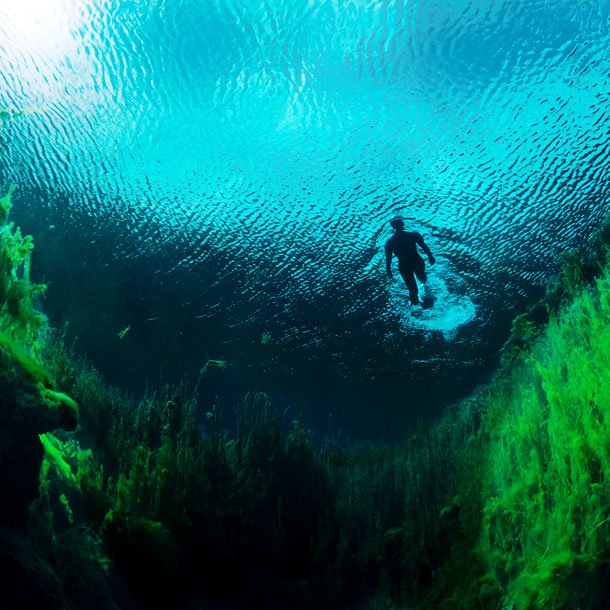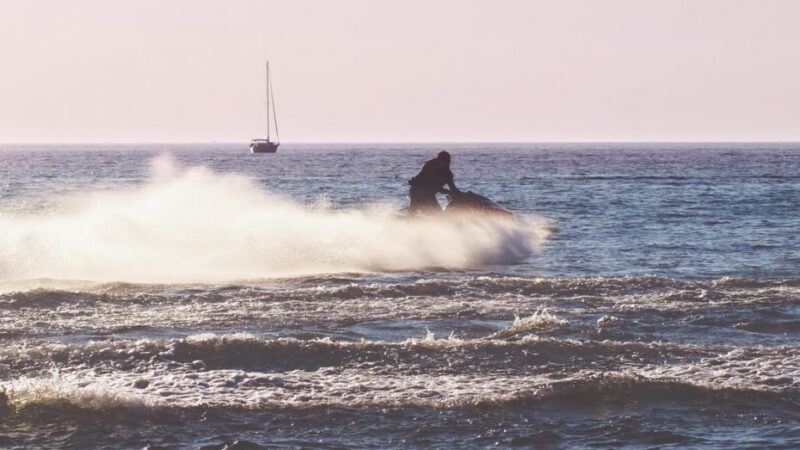Latest Infectious Disease News

Florida health officials reported over Fourth of July weekend that someone was infected with Naegleria fowleri, the so-called brain-eating amoeba. Although cases of this rare disease are surprising, the fact that it happened in Florida is less so.
Along with Texas, Florida leads the US in cases of brain-eating amoeba infection. Going back to 1962, more than half of all reported cases have come from these two states, per CDC data.
What is a brain-eating amoeba, and why does it prefer these southern US states?
What Is a Brain-Eating Amoeba?
N. fowleri gets its nickname because of how it behaves, explains MedicineNet medical author Charles Patrick Davis, MD, PhD, a microbiology specialist.
First, the amoebas penetrate the mucus membrane separating your sinuses from your skull, he said. Once there, they follow the olfactory nerves that aid in your sense of smell. These nerves extend through holes in bone directly to your brain, which the amoebas use to access the brain.
Once inside the brain, these microorganisms both destroy and devour the brain itself, Dr. Davis said.
This is an extremely deadly infection. According to CDC data, 97% of reported cases are fatal. But fortunately, it is also extremely rare, with no more than eight cases reported in any given year in the US.
Three out of four cases occur in males, and boys between the ages of 10 and 14 are the most common targets, though the disease can infect anyone, according to the CDC.
Why Do Brain-Eating Amoebas Prefer Florida and Texas?
The reason these infections tend to appear in Florida and Texas partly has to do with their preferred environments. The CDC describes N. fowleri as a “heat-loving organism.”
When the weather warms up, this amoeba grows most quickly, and can grow rapidly at temperatures up to 115 F.
You might guess the warm Gulf waters would attract these heat-loving amoebas, but in fact N. fowleri can’t survive in the ocean. It most often infects people in lakes, ponds, and man-made reservoirs.
Florida has over 5,500 registered lakes. And Texas has hundreds of lakes, major reservoirs, and river basins. Many of these become inviting spots for water recreation in the summer months from July through September, which is the time when most brain-eating amoeba infections occur.
But these infections aren’t limited to Florida and Texas. Warm weather patterns have led to brain-eating amoeba infections as far north as Minnesota, although these are far less common.
How Do People Get Brain-Eating Amoeba Infections?
Certain behaviors are thought to put people at greater risk of infection. MedicineNet medical author Sandra Gonzalez Gompf, MD, FACP explains some of these activities:
“Activities that pose a risk include submerging the head, jumping feet first, diving, and sports that pull a person behind a boat, like wakeboarding, tubing, and water skiing.”
Dr. Davis recommends the following to help minimize your risk of infection:
- Avoid swimming in still, warm, brackish water that has loose bottom sediment.
- Avoid jumping or diving into this type of water.
- Wear a nose clip or hold your nose if you jump or dive into relatively warm water lakes, rivers, pools or other similar bodies of water.
QUESTION
Bowel regularity means a bowel movement every day. See Answer






Recent Comments